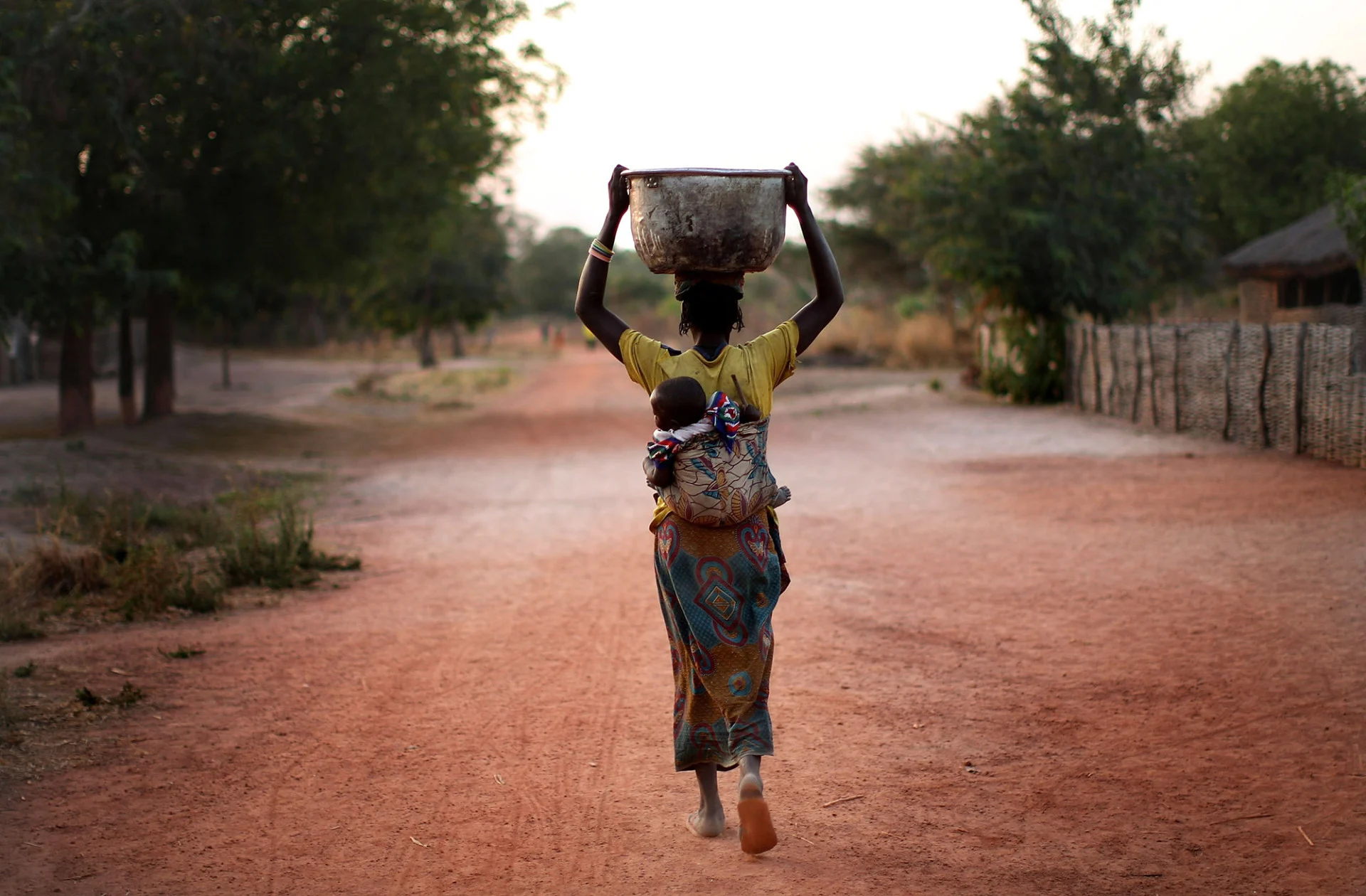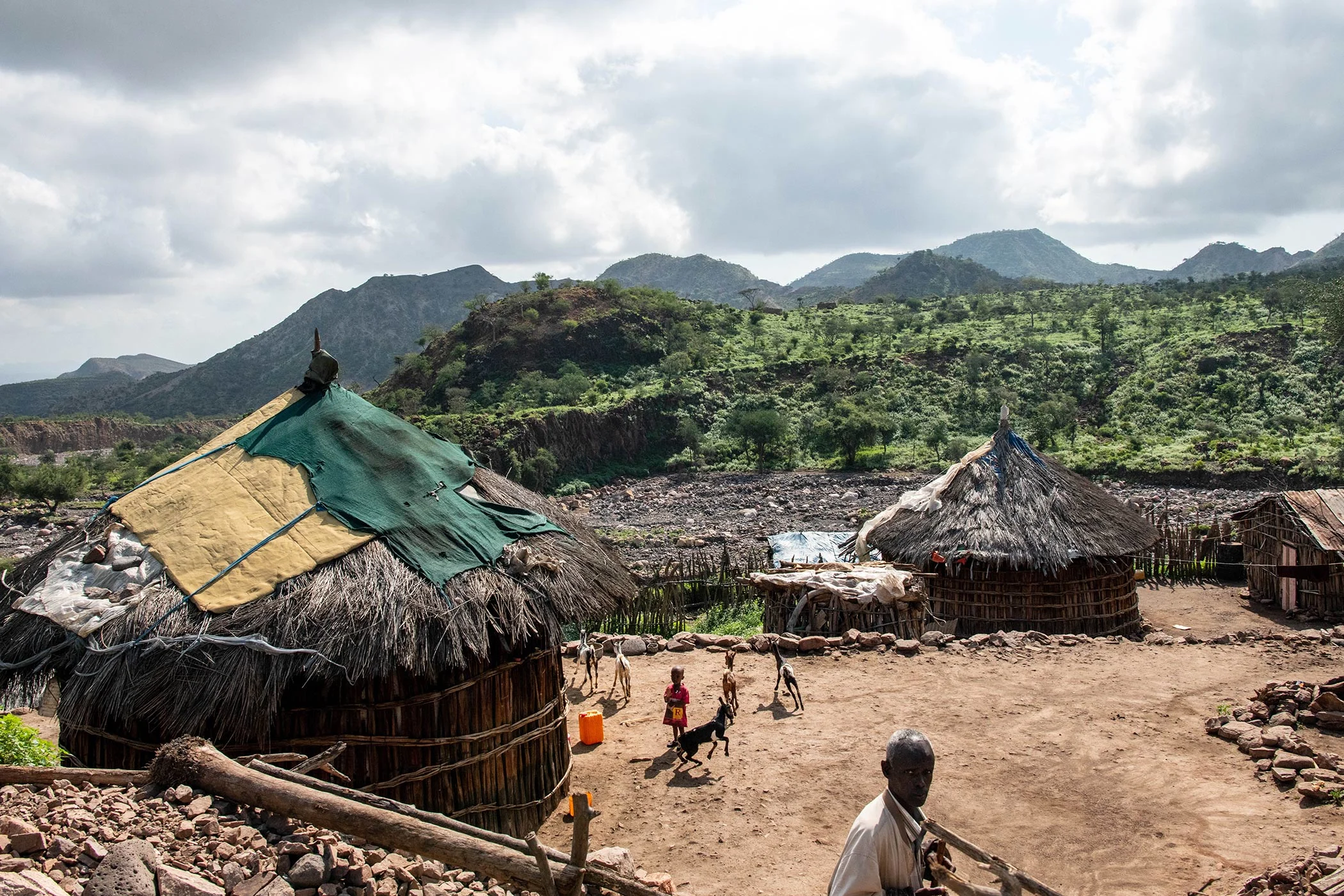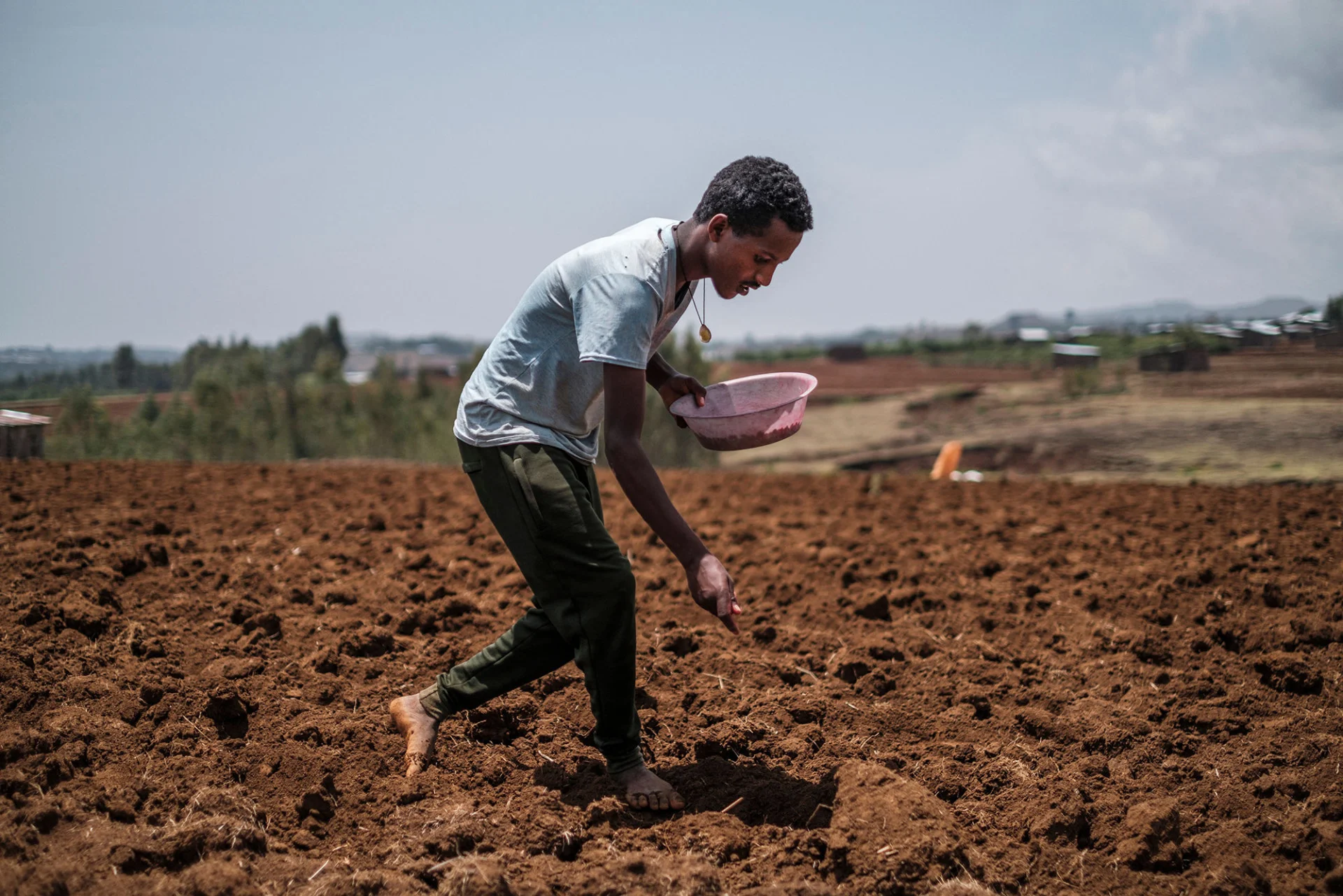
Climate solutions could be key in dealing with poverty, human suffering
New report examines how climate solutions impact human well-being in low-income countries.
The strategies employed to mitigate climate change have implications for “advancing human well-being in rural areas of low- and middle-income countries,” according to new findings.
Noting the economic growth and decline in extreme poverty felt in many low- and middle-income countries, the analysis highlights the work still to be done. In Sub-Saharan Africa, 40 per cent of the population still gets by on less than two dollars a day.
It is also widely understood that the worst impacts of climate change will be felt by the lowest-income nations and families.
“The effects of climate change are disproportionately worse and more detrimental to people and communities living in poverty,” Professor Jiaying Zhao of UBC’s Institute for Resources, Environment, and Sustainability, told The Weather Network.
“We will see significant human suffering and casualties from climate change in low-income communities,” Zhao added.
All the more reason for climate stakeholders to consider “the nexus between climate mitigation solutions and human well-being.”

Traditional huts in the village of Bankouale, Djibouti in Africa. (Alexander Bee/ iStock Editorial/ Getty Images Plus)
The report focuses on five areas of climate solutions, highlighting how these strategies can also address the poverty of regions like Sub-Saharan Africa and South Asia.
The first of these climate solutions is to “improve agriculture and agroforestry” through such strategies as restoring abandoned farmland, practicing conservation agriculture, improving rice production and irrigation efficiency, and reducing food waste.
Globally, agriculture accounts for around 15 per cent of greenhouse gas (GHG) emissions, largely through methane and nitrous oxide emissions from livestock and fertilizer. According to the report, employing these strategies could reduce emissions to the equivalent of more than 275 gigatons of carbon dioxide.
The analysis emphasizes that such changes to agriculture would also result in an increase in human well-being, especially for those in low-income countries, noting that “improving agricultural production is a key pathway for eliminating poverty and hunger.”
The report goes on to add that “regions where hunger, poverty, and farming are all prevalent also are the most vulnerable to climate change,” underlining the dual nature of this work.
"We have an opportunity to elevate climate solutions that also boost human well-being and contribute to much-needed socioeconomic development,” said Kristen P. Patterson, director of Drawdown Lift.
“Populations experiencing extreme poverty did not cause the climate crisis. It is incumbent upon decisionmakers to strategically invest in climate solutions that help usher in equity and prosperity,” Patterson added.
The other climate solutions include protecting and restoring ecosystems, adopting clean cooking, providing clean electricity, and fostering equality. Together, the five solutions could reduce emissions equivalent to as much as 700 gigatons of carbon dioxide.

Young man seeds his family's land in the village of Wereb Michael, a rural area 15 km from Bahir Dar, Ethiopia. Ethiopia is divided into regions along ethnic and linguistic lines, and Amhara is one of the most proud and powerful states in the diverse Horn of Africa nation of 110 million people. The Amharas consider themselves the architects of modern Ethiopia. (Eduardo Soteras Contributor/ AFP/ Getty Images)
In practice, many of these goals could be pursued in a single project, as in the conservation of Gorongosa National Park, in Mozambique, which aims to conserve the regional ecosystem but also simultaneously to “reduce conflict in the region, and sustainably unlock the park’s economic potential as a driver for human development in nearby communities.”
These strategies would approach the climate crisis from three critical angles, reducing the sources of emissions, protecting carbon sinks like forests and oceans, and generally improving society through health and education.
This last area of focus demonstrates the belief, prominent in the report, that the climate fight and the fight against poverty are largely one and the same.
"In developing countries globally, efforts to promote climate action will undoubtedly be intertwined with aspirations for economic growth,” stated Mohamed Imam Bakarr, a Drawdown Lift Advisory council member.
“This report sheds light on policy options and approaches for harnessing this opportunity to deliver human well-being benefits in the race to net-zero," Bakarr added.
A 2020 World Bank report further highlighted the link between climate change and poverty, estimating that the climate crisis could force 100 million more people into poverty in just the next ten years.
Zhao agreed, stating, “We will see the worst effects of climate change in the coming decades.”
Thumbnail credit: Spencer Platt Staff/ Getty Images Europe/ Getty Images News











